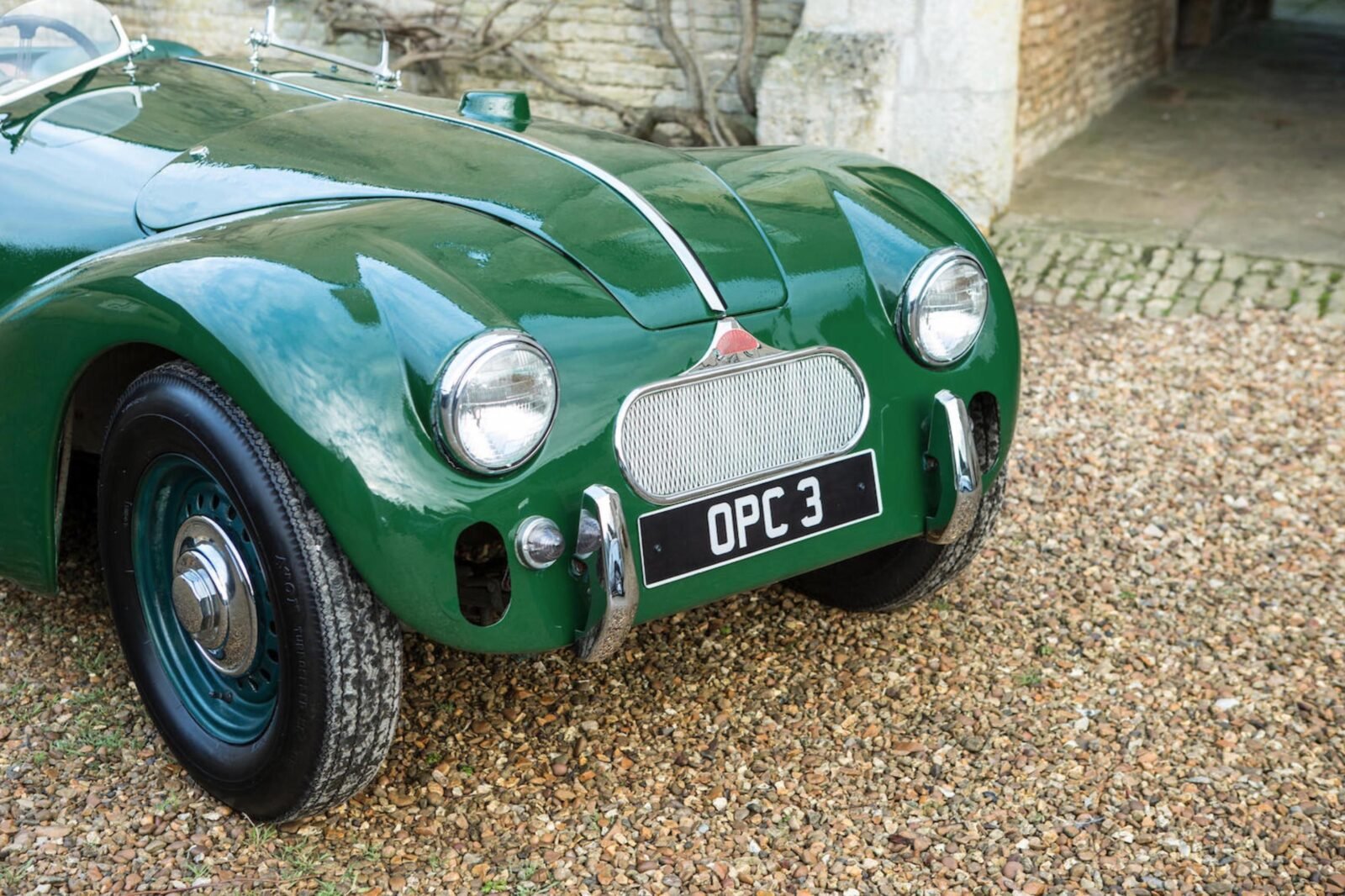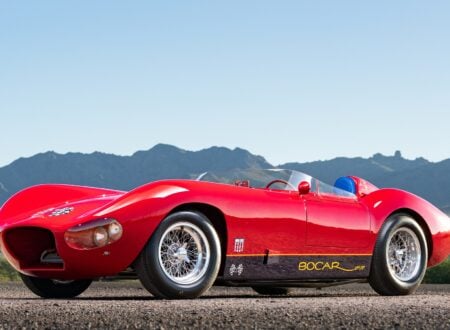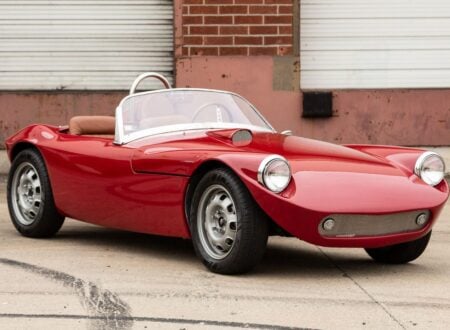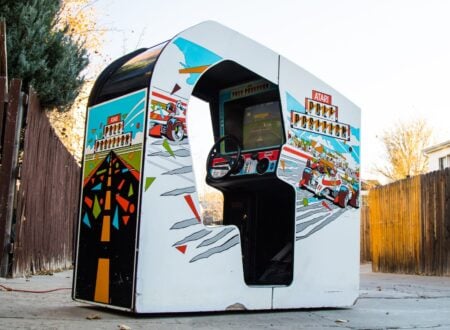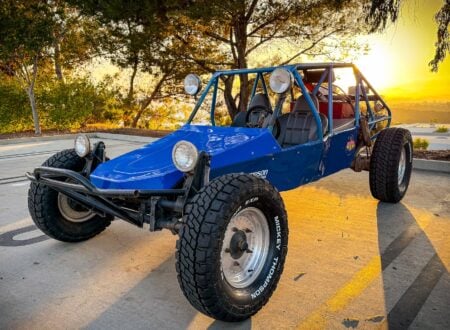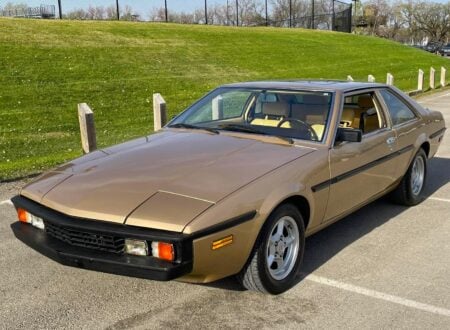The Connaught L2 was developed by former RAF pilots and engineers in the years just after WWII, the company name was chosen because it was a contraction of Continental Autos – the name of their humble little garage in Surrey.
Today Connaught is most often remembered for their single largest racing success – a win at the Syracuse Grand Prix in a Type B Connaught with British driver Tony Brooks at the wheel in 1953. This victory would send shockwaves across the United Kingdom, and would be one of the first indications of the impending British dominance of Grand Prix racing in the years ahead.
The Connaught L2
The Connaught L2 was the first sports car built by the company, with limited resources at their disposal they chose to use the chassis, engine, and transmission of the Lea-Francis 14 hp Sports, with a body designed in-house and built by Leacroft of Egham.
The secret to the performance of the L2 was its Lea-Francis engine, the team at Connaught rebuilt the dry-sump version of the 1767cc inline-4 with four Amal carburetors, high-performance camshafts, higher-compression pistons, and a four-branch exhaust manifold.
This modified engine, coupled with the lightweight aluminum-alloy body resulted in remarkable performance for the time, with an extra 32 bhp over the stock Lea-Francis engine. With a kerb weight of 2130 lbs, the L2 was capable of 104 mph flat-out and could do the 0-60 mph dash in 11.9 seconds.
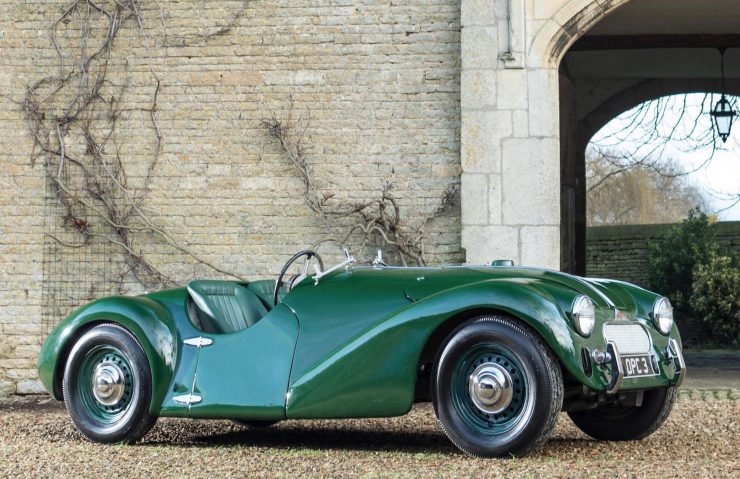
The Connaught L2 In Competition
The competition debut for the new Connaught roadster would be at the Prescott Hill Climb on the 12th of June 1949, it won the unsupercharged 3-Litre Sports Car class with a time of 53.05 seconds, driven by customer and financial supporter Kenneth McAlpine.
The next race would be at the legendary Goodwood Circuit, with company co-founder Rodney Clarke finishing first and McAlpine finishing second in the opening handicap race. Their next race at Blandford Motor Racing Circuit would see their positions reversed, with the capabilities of the Connaught L2 proven, a limited production run began.
The Production Run and OPC 3
Just six examples of the Connaught L2 would be built in total, including the three prototypes – MPH 329, MPH 995, and MPH 996. The car you see here is one of the three cars built after the initial prototypes, it’s known as OPC 3 due to its registration number, and it was initially ordered by Ken Downing.
Downing had fitted a super-lightweight cycle-wing racing body and down-sized the engine so he could compete in the up-to-1½-litre class during the 1951 season. His record was remarkable, with 15 firsts and 11 other placings. It was so good that Connaught featured it in their advertising, it inspired the direction the company would take with their upcoming models, and it brought in new (much needed) investors.
Over the years that have passed since the car has been very well cared for, the original engine was damaged in competition so a far more powerful (and period correct) 2½ litre Lea-Francis sports engine was fitted. The car is now notably quicker than it was back when it was winning races in 1951, and it’s being offered for sale by Bonhams at the Goodwood Member’s Meeting on the 18th of March. If you’d like to read more about the car or register to bid you can click here to visit the listing.
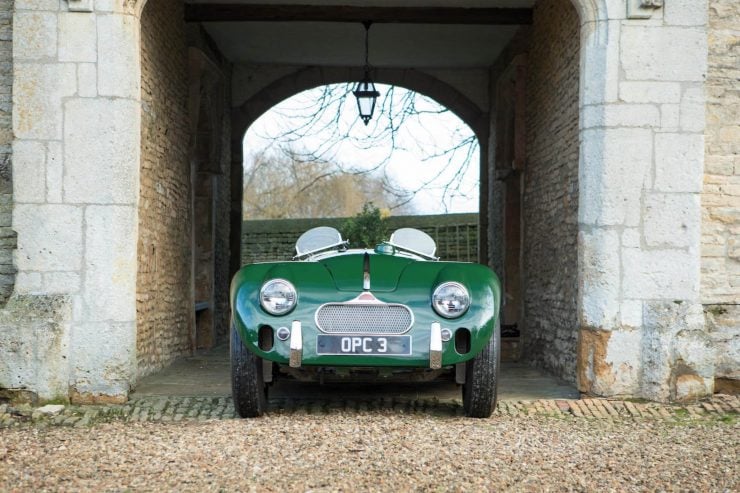
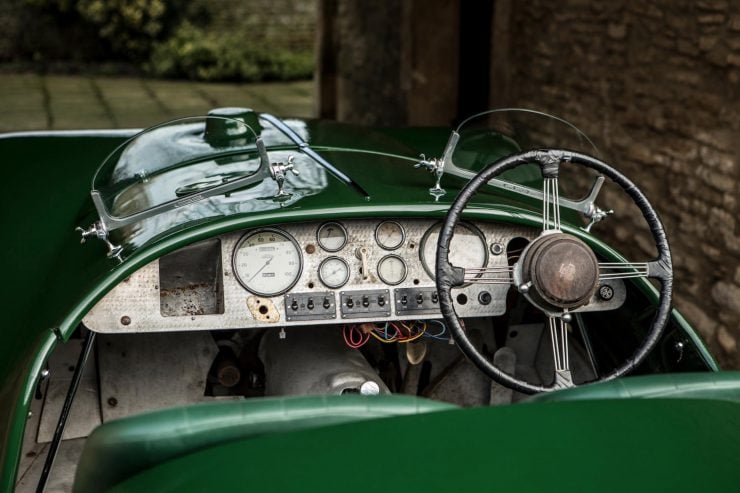
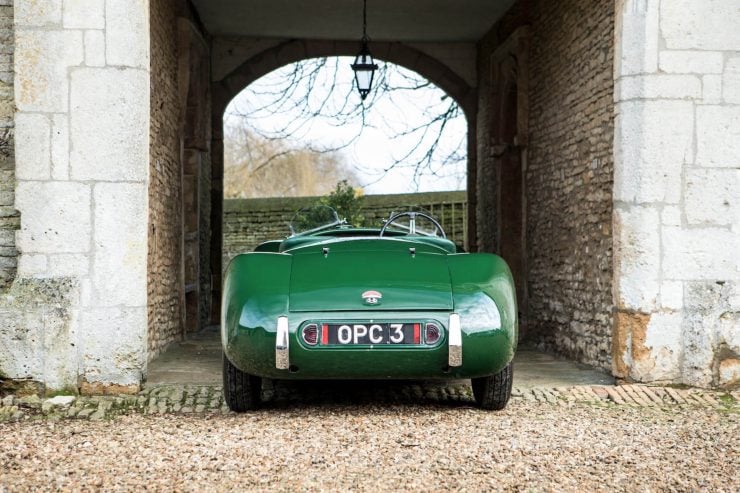
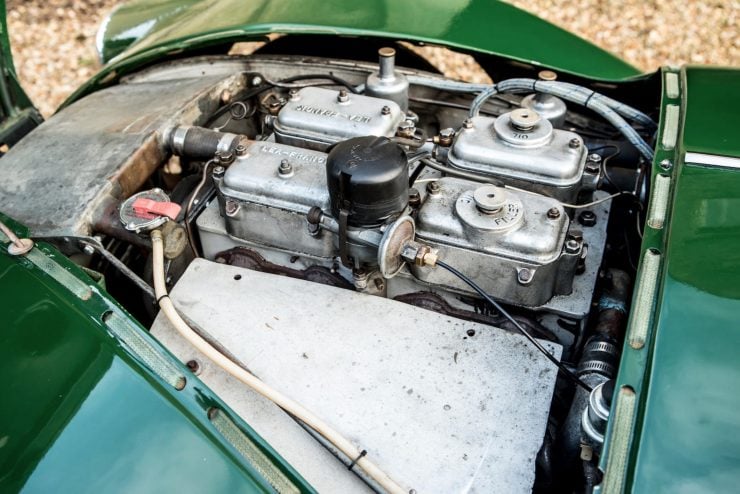
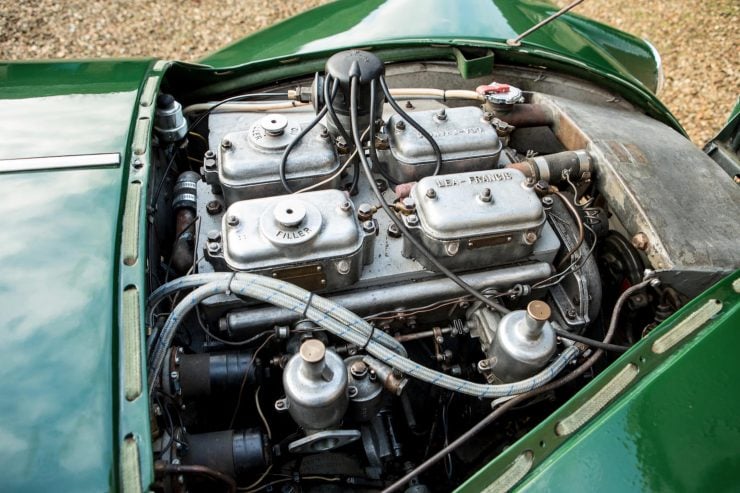
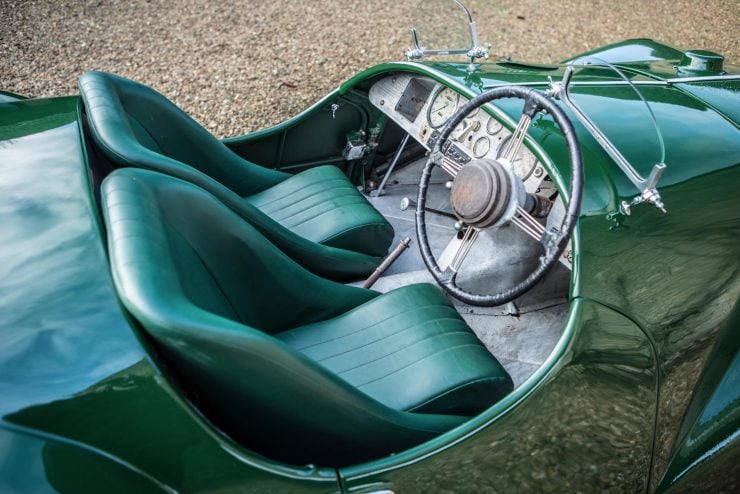
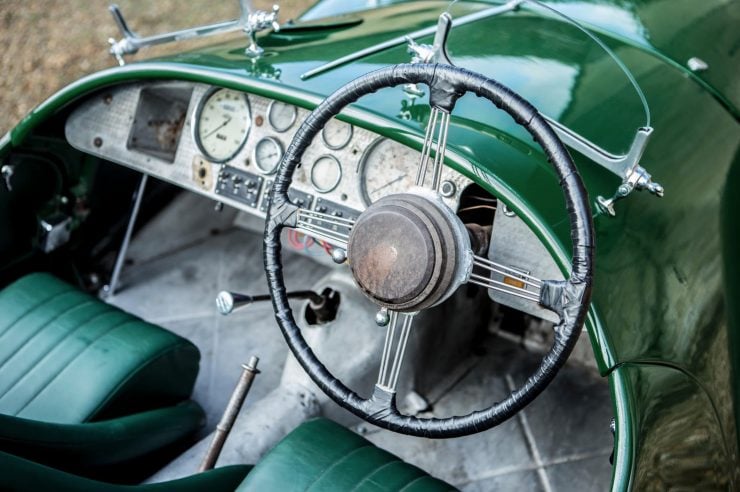
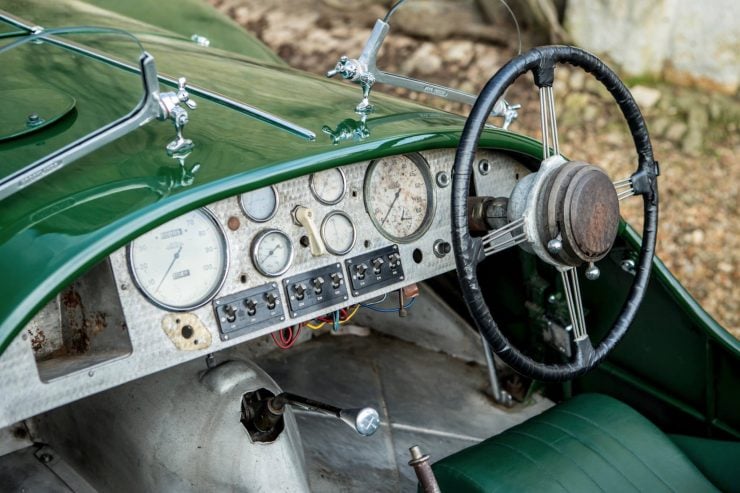
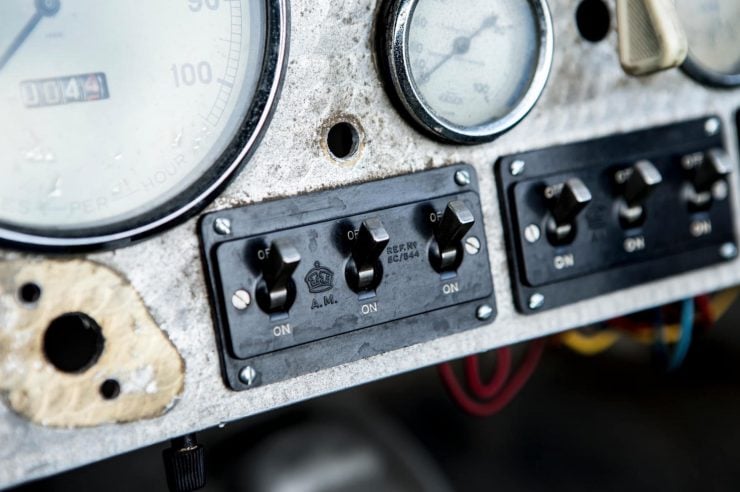
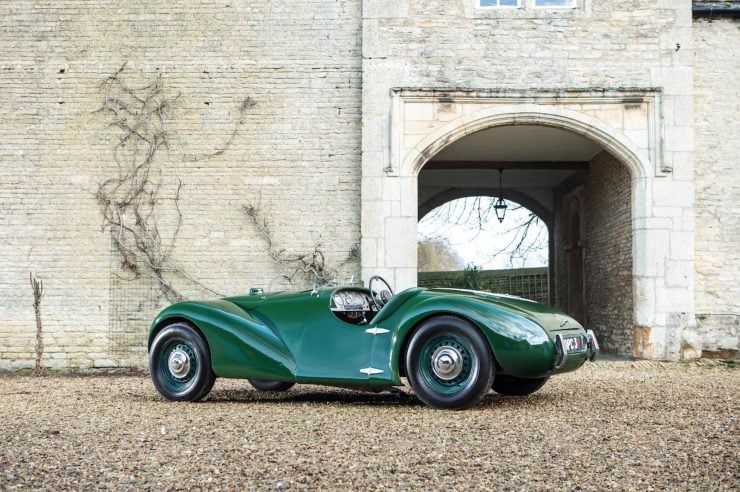
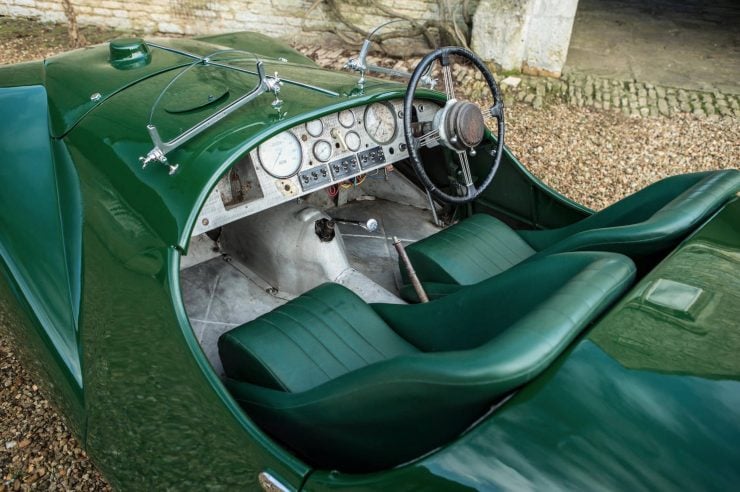
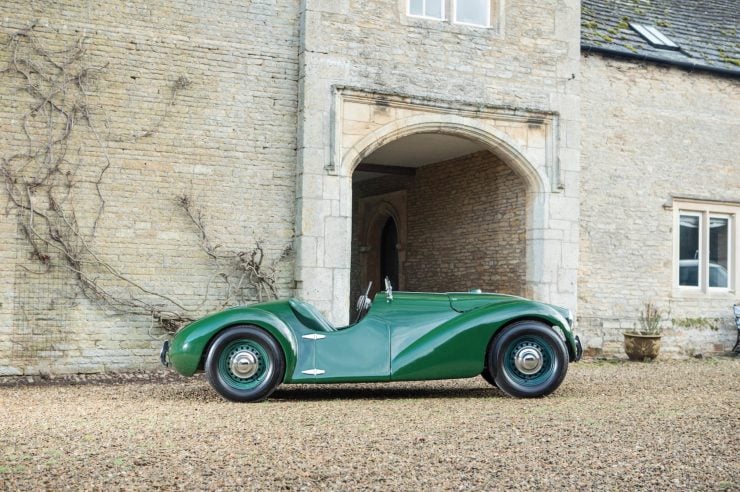
Images courtesy of Bonhams

